Today I will tell you the most biggest drinkers on the PGA Tour with there names and habbites. Golf and drinking have long been intertwined in a relationship that dates back to the sport’s origins in Scotland. While today’s professional golfers are undoubtedly elite athletes who prioritize fitness and nutrition, the PGA Tour still has its fair share of players who enjoy a good drink. Whether it’s celebrating a victory with champagne or unwinding after a round with a beer, some tour professionals have become almost as known for their drinking habits as their golfing abilities.
We shell dive into the fascinating world of golf’s biggest partiers, exploring who they are, how drinking affects their game, and why this unique culture persists in professional golf when many other sports have moved away from it.
The Historical Relationship Between Golf and Alcohol
Before we identify today’s biggest drinkers on the PGA Tour, it is worth understanding that golf and alcohol have been companions for centuries. The game’s origins at Scottish clubs often involved post-round drinks, and this tradition has carried forward through the generations.
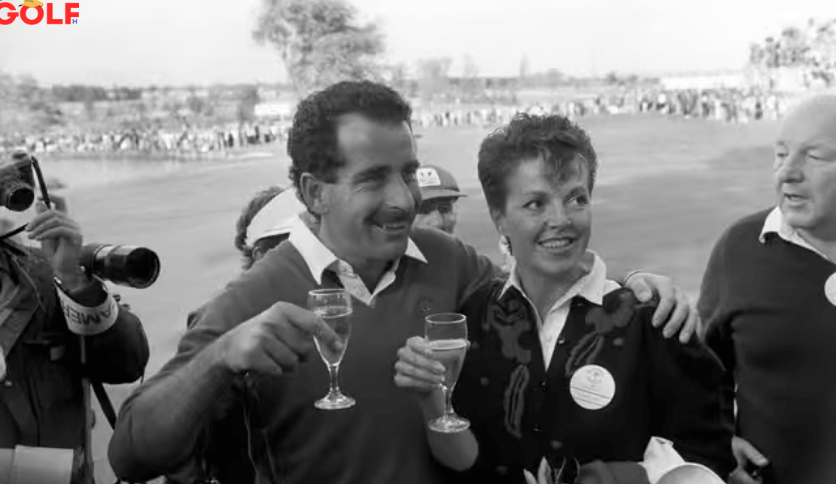
Golf is somewhat unique among professional sports in that moderate alcohol consumption doesn’t necessarily prevent players from competing at a high level. Unlike sports requiring constant running or extreme physical exertion, golf’s measured pace and emphasis on skill over raw athleticism has allowed for a more relaxed attitude toward drinking.
Why Drinking Culture Persists in Professional Golf
Several factors contribute to the enduring drinking culture in golf:
- The social nature of the sport encourages camaraderie and relaxed socializing
- The tournament schedule, with players often spending 4-5 days at each event, creates downtime
- Golf’s traditional connection to country clubs where drinking is commonplace
- The pressure relief that some players find in alcohol after high-stress competition
- The business aspects of golf often involve entertaining clients and sponsors, frequently with alcohol
While most professional golfers are careful about their alcohol consumption during tournaments, the “work hard, play hard” mentality remains prevalent on tour. Let’s look some of the PGA tour’s most notorious drinkers.
Most Heavy Drinkers On The PGA Tour

The drinking culture on the PGA Tour has changed significantly over the years, with today’s professionals generally more health-conscious than previous generations. However, several current and recent tour pros have reputations for enjoying adult beverages more than others.
John Daly: Golf’s Original Party Legend
No discussion about drinking in professional golf can begin without mentioning John Daly. While technically now playing primarily on the Champions Tour (PGA Tour for golfers 50+), Daly’s legendary status as golf’s biggest party personality remains unchanged.
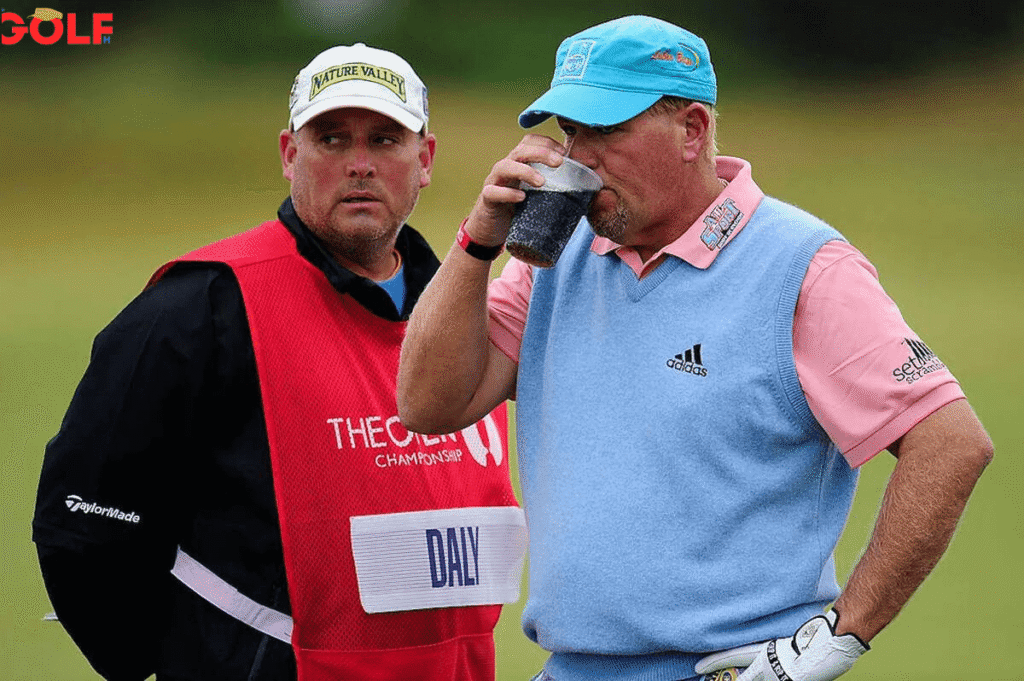
Daly’s struggles with alcohol have been well-documented throughout his career. At his peak in the early 1990s, Daly claimed he would drink a fifth of Jack Daniel’s daily. His hard-partying ways became as much a part of his identity as his incredible driving distance and “grip it and rip it” philosophy.
Despite multiple attempts at sobriety, Daly has had a complicated relationship with alcohol throughout his career. In recent years, he’s been more open about his struggles, though he still enjoys his share of drinks. His honesty about his battles has made him a relatable figure to many fans, even as it has sometimes hampered his incredible natural talent.
Pat Perez: The Modern Tour’s Notorious Partier
Currently competing on the LIV Golf series after a long PGA Tour career, Pat Perez has earned a reputation as one of golf’s most unapologetic personalities, including his enjoyment of drinks off the course.
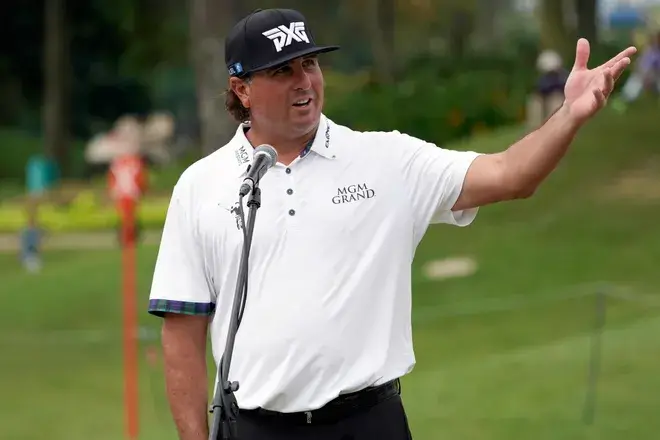
Perez is known for his straightforward approach to both golf and life, rarely hiding his fondness for partying. During PGA Tour events, Perez was often spotted enjoying the local nightlife, embracing the rock star lifestyle that his professional golf career afforded him.
In interviews, Perez has been refreshingly candid about balancing his enjoyment of life with the demands of professional golf. His approach stands in contrast to the increasingly fitness-focused mentality of many younger players on tour.
Keegan Bradley: From Anxiety to Celebratory Drinks
Keegan Bradley has been open about using alcohol at times to help manage the anxiety that has affected him throughout his career. While not necessarily one of the tour’s biggest regular drinkers, Bradley has become known for his enthusiastic celebrations.
After winning the 2018 BMW Championship, Bradley famously celebrated with multiple drinks well into the night. As he told reporters afterward, “I drank too much, and I need to go home.”
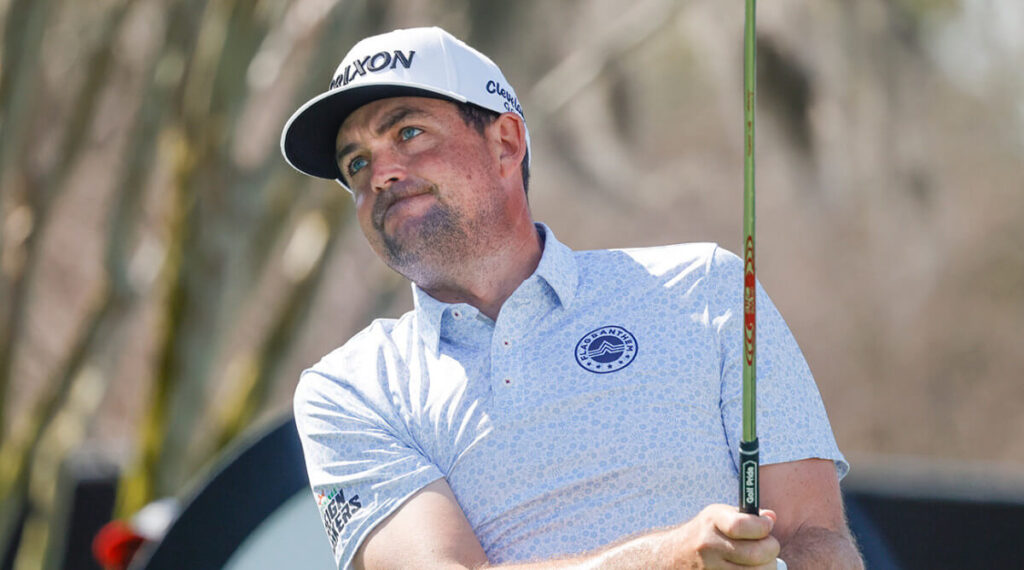
What makes Bradley’s relationship with alcohol interesting is how it contrasts with his intense, focused demeanor on the course. The transformation from the analytical, sometimes anxious competitor to the celebratory party-goer highlights the pressure release that victories can bring.
Jason Dufner: The Laid-Back Drinker
Jason Dufner’s relaxed, almost sleepy demeanor on the golf course has made him a fan favorite, and this laid-back approach extends to his enjoyment of drinks away from the competition.
“Duf” has never hidden his enjoyment of adult beverages. After winning the 2013 PGA Championship, photos circulated of Dufner drinking straight from the Wanamaker Trophy. His casual attitude toward both golf and life has endeared him to fans who appreciate his authenticity.
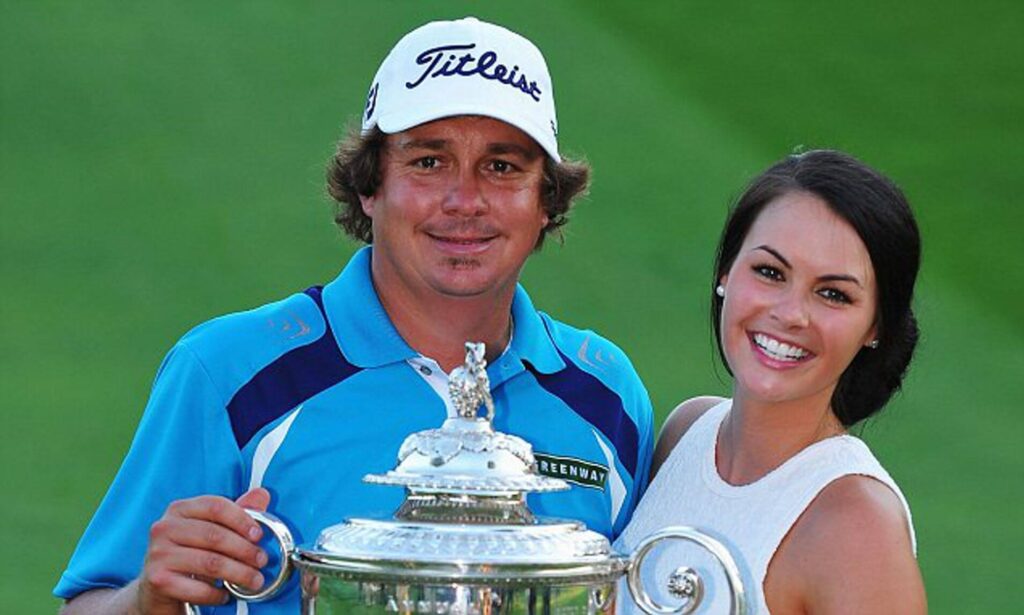
What separates Dufner from some other notorious drinkers is that his consumption never seems to interfere with his professional approach. Instead, it’s simply part of his relaxed lifestyle and persona.
One More thing that Jason Dufner and his wife Amanda agree divorce settlement after three years of marriage.
Rickie Fowler: Social Drinking and Business Ventures
While Rickie Fowler isn’t known as one of golf’s heaviest drinkers, he deserves mention for his entrepreneurial approach to alcohol. Fowler has partnered with tequila brands and has been known to enjoy his product during celebrations.
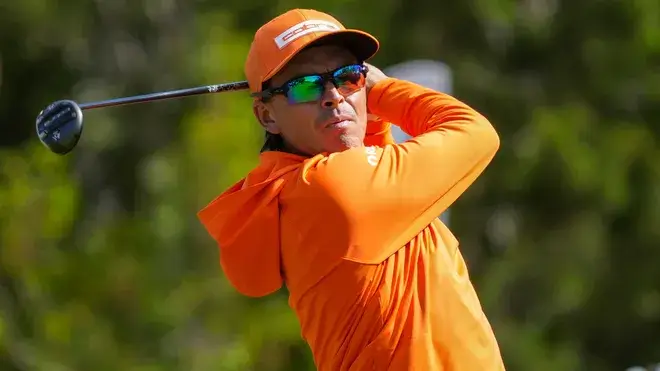
Fowler represents the modern professional golfer’s approach to alcohol social drinking combined with business savvy. Rather than the hard-partying ways of previous generations, Fowler exemplifies how today’s golfers often incorporate alcohol into their personal brand and business portfolio.
Whether celebrating with friends or promoting his business ventures, Fowler maintains a balanced approach that aligns with his professional image.
The Impact of Drinking on Professional Performance
For professional golfers, the relationship between alcohol consumption and performance creates interesting dynamics that you do not see in many other sports.
Recovery Days and Tournament Strategies
Most professional golfers who enjoy drinking have developed specific strategies around when they allow themselves to indulge. Tournament weeks typically follow patterns:
- Practice rounds and Pro-Ams: Some players might enjoy a few drinks in the evening
- Tournament days: Most players abstain completely
- After missing cuts: Players who don’t advance to weekend play might start their “weekend” early
- Post-victory: Celebrations can be extensive, especially after major wins
The schedule of golf tournaments, typically running Thursday through Sunday, creates natural recovery windows that other sports might not have. A player who celebrates Sunday night has several days to recover before the next event begins.
How Alcohol Affects the Golf Swing
Golf’s biomechanics and the precise nature of the swing make it particularly vulnerable to the effects of alcohol:
- Reduced fine motor control affects putting precision
- Impaired balance disrupts the delicate weight transfer in the golf swing
- Dehydration from alcohol consumption can affect concentration and energy levels
- Hangover effects like headaches and nausea can make the mental game more challenging
Most tour professionals recognize these impacts and carefully manage their consumption during competition weeks. Even the tour’s biggest party personalities typically maintain discipline during actual tournament rounds.
Golf’s Drinking Culture vs. Other Professional Sports
Golf stands somewhat alone among major sports in its tolerance for drinking culture. While the NFL, NBA, MLB, and other major sports have largely moved away from the party reputations they once had, golf maintains a more relaxed attitude toward alcohol.
Several factors contribute to this difference:
- Golf does not require the same constant cardiovascular output as other sports
- The individual nature of the sport means players choices primarily affect only themselves
- The tradition of golf as both sport and social activity blurs the lines between competition and entertainment
- The demographic of golf fans often includes those who themselves enjoy drinking during recreational golf
While other sports leagues have implemented strict substance policies and emphasize peak physical condition, golf has maintained a more libertarian approach. As long as players can perform on the course, their off-course activities receive less scrutiny.
The Business Side: Alcohol Sponsorships in Golf
Golf’s relationship with alcohol extends beyond player behavior and into the business realm. Alcohol brands represent some of the sport’s biggest sponsors:
- Beer brands like Michelob Ultra sponsor multiple PGA Tour events
- Spirits companies like Grey Goose have prominent tournament partnerships
- Wine brands often partner with charity golf tournaments
- Players like Rickie Fowler have personal endorsement deals with alcohol companies
This commercial relationship creates an environment where drinking is not only accepted but often celebrated. The 19th hole (the clubhouse bar) is considered an essential part of the golf experience at all levels of the game.
What Happens If a Golfer Makes Contact By Accident While Addressing the Ball?
In golf, properly addressing the ball prior to taking a swing is crucial. However, sometimes accidental contact occurs. If a player inadvertently hits the ball while positioning themselves, rules govern the outcome.
No Penalty if Ball Does not Move
The rules state that simply making unintentional contact with the ball while addressing it does not incur a penalty stroke. So long as the ball does not actually move, the player can continue their pre-shot routine as normal.
This occurs somewhat frequently on tee shots or approach shots from the fairway or rough. A club brushing the ball may occur. But if no movement results, play continues per usual without penalty.
Penalty if Ball Moves
However, if the accidental contact causes the ball to shift at all, a one-stroke penalty is assessed. Additionally, the ball must be replaced to its original spot before the shot.
This penalizes the golfer for the improper address position that led to moving the ball from its lie. It is meant to reinforce careful setup and prevent intentionally moving the ball via a disguised “miscue.”
No Penalty if Movement Unrelated to Address
Importantly, if the ball moves while addressing it but for unrelated reasons, no penalty is given. Examples include the ball moving due to wind or other environmental factors.
Since the golfer did not cause the movement via addressing the ball, they face no penalty despite the ball shifting prior to the shot. Play proceeds after replacing or playing the ball from its new spot.
In summary, accidental contact before a shot may occur, but penalties only apply if the improper address actually induced the movement of the ball. This maintains fairness while still penalizing carelessness. Proper address technique remains a key golf skill.
Conclusion: The Evolving Drinking Culture in Professional Golf
The biggest drinkers on the PGA Tour represent a fascinating aspect of golf culture that continues to evolve. While legends like John Daly established reputations for hard partying, today’s professionals typically take a more measured approach, balancing enjoyment with athletic performance.
Golf’s drinking culture reflects broader themes in the sport the balance between tradition and modernization, the tension between athletic excellence and relatable humanity, and the social aspects that make golf unique among professional sports.
As the PGA Tour continues to emphasize fitness and athletic performance, we may see further evolution in how players approach alcohol. But the connection between golf and drinking is unlikely to disappear entirely it is too deeply embedded in the culture and tradition of the game.
Whether celebrating a victory, drowning sorrows after a tough loss, or simply enjoying the camaraderie that makes golf special, the biggest drinkers on the PGA Tour remind us that professional athletes are human too, with all the complexities that entails.
FAQs About Drinking on the PGA Tour
Do PGA Tour players drink during competitive rounds?
While extremely rare today, there have been instances in golf history where players drank during rounds. Most famously, some golfers in earlier eras would drink beer during hot rounds for hydration. Today’s professionals, however, almost universally avoid alcohol during competition, focusing instead on proper hydration with water and sports drinks to maximize performance.
Has the PGA Tour ever suspended players for alcohol-related incidents?
Yes, the PGA Tour has taken action against players for alcohol-related incidents, though they typically handle such matters privately. The Tour’s Player Handbook includes conduct unbecoming a professional, which can cover alcohol-related incidents that damage the Tour’s reputation. Most notably, John Daly has faced suspensions and requirements to enter treatment programs throughout his career.
Do today’s younger PGA Tour players drink less than previous generations?
Generally speaking, yes. The fitness revolution in golf, pioneered by players like Tiger Woods, has led to a new generation of golfers who treat their bodies more like traditional athletes. While plenty of young players still enjoy alcohol socially, the heavy drinking culture of previous decades has diminished as players focus more on optimization of their physical and mental performance.
Which golf tournament locations are known for the biggest party atmospheres?
Certain PGA Tour stops have earned reputations for more active nightlife scenes where players might be more likely to indulge. The Waste Management Phoenix Open in Scottsdale is famous for its party atmosphere. Other locations like New Orleans (Zurich Classic) and Las Vegas (Shriners Children’s Open) are situated in cities known for nightlife where some players have been known to enjoy the local entertainment options.
Has drinking affected any major championship outcomes?
While it’s impossible to know definitively, there have been rumors and stories about alcohol affecting major performances. Perhaps most famously, after Dustin Johnson withdrew from the 2017 Masters citing a back injury, rumors circulated about a potential party lifestyle affecting his play (though these were never confirmed). Conversely, John Daly famously won the 1991 PGA Championship as an alternate after driving through the night, with little preparation and while battling his well documented alcohol issues showing that the relationship between drinking and performance isn’t always straightforward.


